Chiropractic Adjustments
What are Chiropractic Adjustments?
Chiropractic adjustments are usually performed on the spine but can be on any joint. They are performed when the patient has been evaluated and is found to have a misalignment or lack of motion in a joint. This is sometimes called a Subluxation when in the spine. In simplest terms, this is found when one or more of the bones in the spine slightly shift, or becomes fixated, causing irritation to nerves and restricted mobility and function of specific joint complexes. Spinal nerves come from your spinal cord in between the bones in your back called Vertebrae. When these Spinal nerves are compressed or irritated, the nerve signals traveling to muscles and organs are altered, causing a change in the normal function of the structure. Left misaligned over time, this interference will not allow proper nerve messages to your muscles and organs, and the joints can wear unevenly.
Chiropractors are the only professionals who undergo years of training to be experts at correcting joint restrictions and subluxations. Dr. Aaron evaluates these issues, locates them, and performs a specific Adjustment to improve mobility, remove nerve interference, and improve blood flow to the affected area. These non-invasive Adjustments are safe and effective in restoring and improving body and nerve function back to their maximum capacity.
Can you explain more about Subluxation?
Subluxations are a combination of changes going on at the same time. These changes occur both in your spine and throughout your body. For this reason, chiropractors often refer to vertebral subluxations as the "Vertebral Subluxation Complex", or "VSC" for short.
In the VSC, various things are happening inside your body simultaneously. These changes, known as "components," are all part of the vertebral subluxation complex. Chiropractors commonly recognize five categories of components present in the VSC.
These five are:
The Osseous (bone) component is where the vertebrae are either out of position, not moving properly, or are undergoing physical changes such as degeneration. This component is sometimes known as kinesiopathology.
The Nerve Component is the malfunctioning of the nerve. Research has shown that only a small amount of pressure on spinal nerves can profoundly impact the nerves' function. This component is scientifically known as neuropathology.
The Muscle Component is also involved. Since the muscles help hold the vertebrae in place and nerves control the muscles, muscles are an integral part of any VSC. Muscles both affect and are affected by the VSC. This component is known as myopathology.
The Soft Tissue Component is when you have misaligned vertebrae and pressure on nerves resulting in changes in the surrounding soft tissues. This means the tendons, ligaments, blood supply, and other tissues undergo change. These changes can occur at the point of the VSC or far away at some end point of the affected nerves. This component is also known as histopathology.
The Chemical Component is when all these VSC components act on your body, causing some degree of chemical changes. These chemical changes can be slight or massive depending on what parts of your body are affected by your subluxations. This component is often known as a biochemical abnormality.
Chiropractors have known about the dangers of subluxations for over one hundred years. Today, more scientific evidence shows the dangers of subluxations and the health benefits of correcting them. To be truly healthy, your nervous system must function free of interference from subluxations. Our goal is to allow your body to return to the highest level of health possible by correcting VSC. Chiropractors are the ONLY health professionals trained in detecting, locating, and correcting the VSC.


